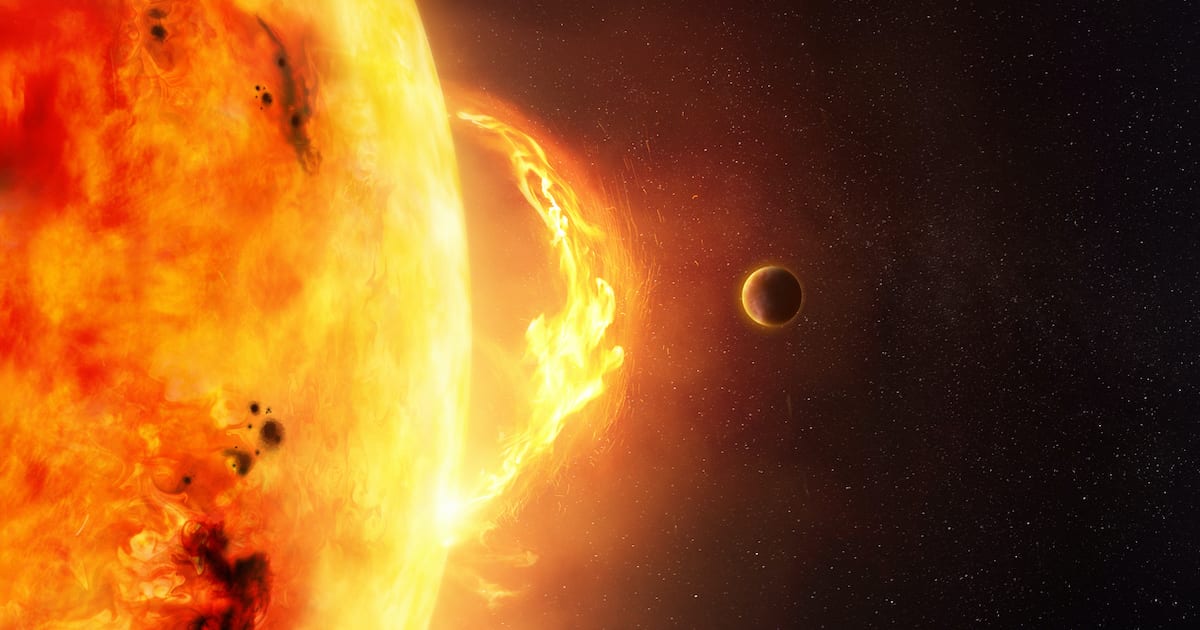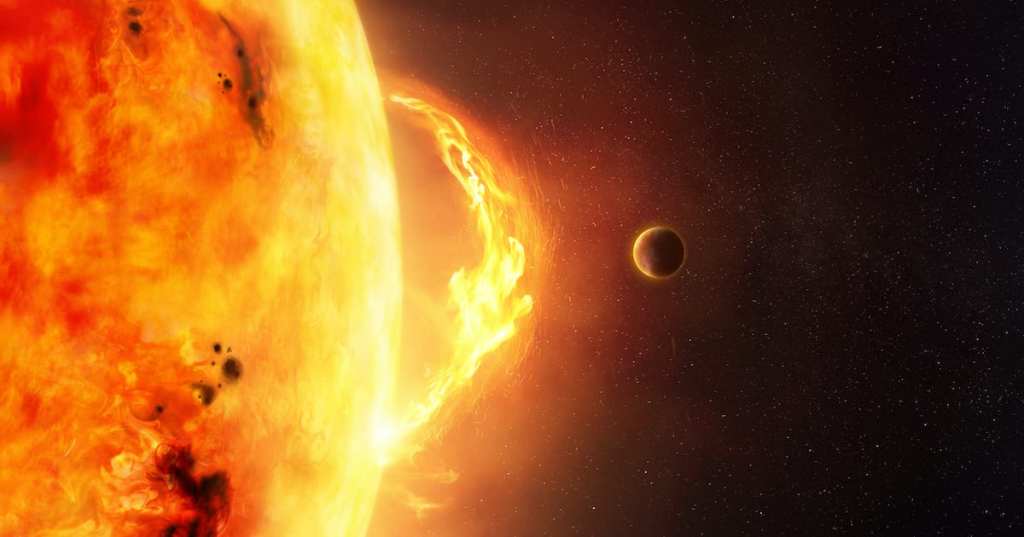Even celestial bodies can turn over a new leaf. Lucky for our closest neighboring star, a fresh start was just around the corner.
An international scientific panel officially confirmed that our Sun entered its 25th solar cycle.

Photo Credit: NASA’s Goddard Space Flight Center/SDO
The solar cycle is the pattern of activity that our Sun’s magnetic field goes through roughly every 11 years. The cycle is measured in minimums and maximums. Minimums mark the end of the last cycle, and maximums mark the beginning of the next cycle. Of course, there are always exceptions. Over the last few centuries, solar cycles have waxed and waned in duration.
On predicting patterns, NASA solar cycle expert Dean Pesnell says:
“The most important thing to remember with predictions is, you’re going to be wrong.
You’re never going to be perfect.
It’s what you learn from that, that allows you to make progress in your predictions.”
However, there are a few signs that scientists can typically rely on when tracking the Sun’s activity.

Image Credit: iStock
Solar flares, coronal ejections, and dark spots indicate that our Sun’s far from the end of a cycle. As the cycle approaches its end, the Sun’s surface becomes relatively calm and lacks much activity.
Typically, researchers need to observe another big flare up of activity before concluding that another cycle has started.
So, it’s not too uncommon for sun cycles to have soft start and end dates with weeks – sometimes even months – of leeway.

Photo Credit: NASA/SDO/AIA
The sun cycle helps us determine the Sun’s pattern of activity. It’s critical for researchers to keep track of any potential flare ups, as they have a huge impact on space weather. Just like bad weather here on Earth – bad weather in space poses a serious threat to any nearby, vulnerable structures.
Geomagnetic stores caused by the Sun’s flare ups have the potential to seriously damage or even destroy the communication satellites that connect and transfer data around Earth.
Talk about a disaster of systems – both technological and solar!

Photo Credit: Pexels
There’s no cause for panic just yet. According to scientists, cycle 25 is shaping up to be similar to cycle 24, which demonstrated lower solar activity than average. Still, less activity doesn’t mean we’re proceeding with less caution.
According to Space Weather Prediction Center solar physicist Doug Biesecker, constant watch over the Sun must continue on as usual.
Reflecting on the new cycle, Biesecker says:
“Just because it’s a below-average solar cycle, doesn’t mean there is no risk of extreme space weather.
The Sun’s impact on our daily lives is real and is there. SWPC is staffed 24/7, 365 days a year because the Sun is always capable of giving us something to forecast.”
It’s best that we don’t underestimate the Sun’s serious destructive potential. A single satellite launch can cost anywhere from 50 million to 400 million US dollars – so the more we can keep out of harm’s way, the better.
What are your thoughts on our new solar cycle? Share with us in the comments below!






